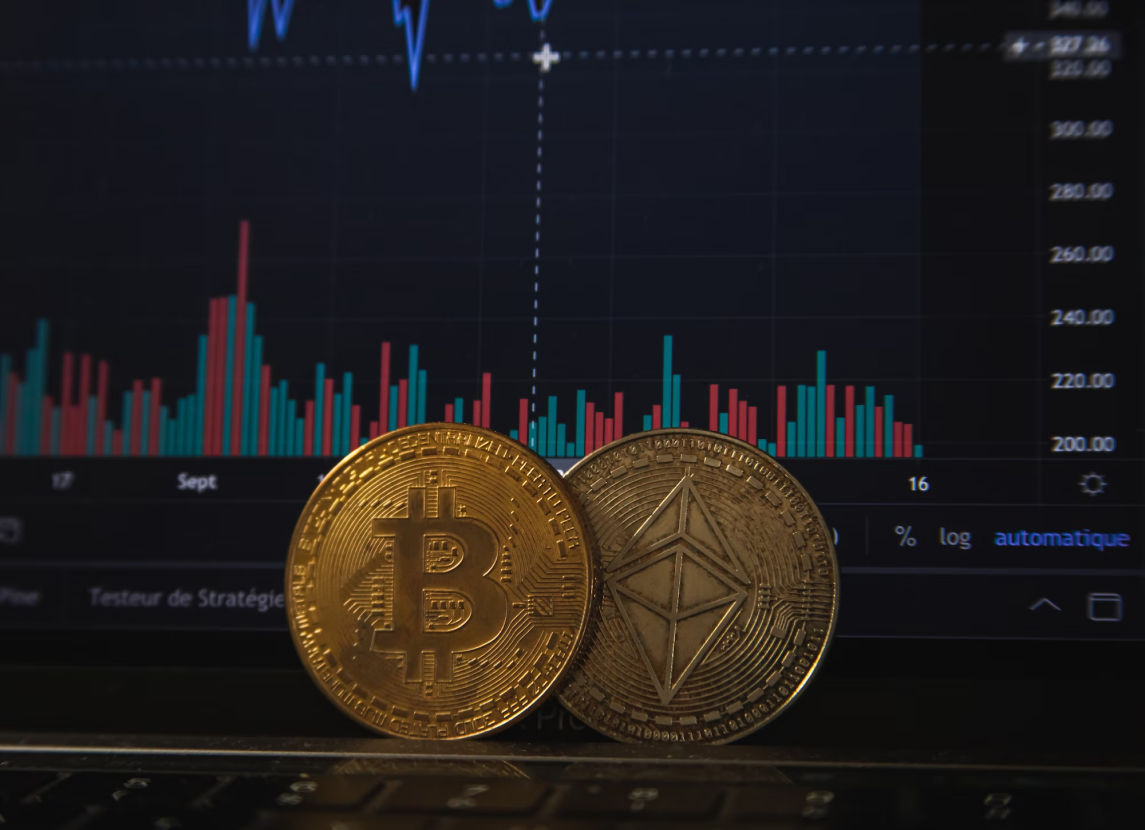The question of ‘who owns US Treasury?’ surges amid recent market turmoil

The ownership of the US Treasury market has taken center stage under market volatility and investor uncertainty, buoyed by US President Donald Trump’s tariff policies. The US 10-year Treasury note yield stood at 4.41% on Tuesday, April 22, based on over-the-counter interbank quotations for the benchmark government bond.
Global investors are interested in who holds the debt underpinning the US government’s massive borrowing program and what could happen if those holders begin to exit.
US Treasurys, often considered the ultimate safe-haven asset, are valued by their minimal credit risk. They are backed by the full faith and credit of the government and help finance federal expenditures.
US Treasury market is on its way back to January highs
Turbulence in financial markets, caused by US President Trump and his plan to scale down trade deficits, has placed the Treasury market in limbo. Historically, this kind of political upheaval typically drives investors toward Treasurys, pushing yields down in turn.
This time, the trend reversed course. Yields on 10-year Treasurys dipped below 4% before rising and peaking near 4.7%, just 0.1% less than levels it had reached a week before Trump entered the White House.
Foreign holders of US Treasurys account for about 33% of all outstanding debt. However, recent market signals suggest that global investors may be pulling back.
🚨Who owns the US Treasury market?
— Global Markets Investor (@GlobalMktObserv) April 13, 2025
Foreigners hold 33% of Treasury bonds with Japan and China being the largest holders.
China owns ~$760 billion of US government bonds.
The country likely holds another $500 billion (difficult to estimate) through EU countries such as Belgium. pic.twitter.com/eCISj4wfoH
Through the end of February, just before the recent sell-off, Treasury Department data revealed the top 10 foreign holders of US debt. Japan is the largest at $1.125 trillion, followed by China at $784 billion, and the United Kingdom at $750 billion.
The Cayman Islands, Luxembourg, Canada, Belgium, France, Ireland, and Taiwan rounded out the top 10, each holding between $295 billion and $418 billion.
Several other countries also hold substantial amounts, including Switzerland ($291 billion), Hong Kong ($274 billion), Singapore ($260 billion), and India ($228 billion). The combined holdings of all other countries stood at $1.642 trillion, bringing total foreign ownership of US Treasurys to $8.817 trillion as of the end of February.
Implications of a foreign exit
According to several economists, a sustained reduction in foreign ownership of US Treasurys could create financial hiccups for the federal government. Large-scale sell-offs by foreign governments would push bond prices down and yields up due to the inverse relationship between the two.
Higher yields mean the government would need to offer greater returns to attract buyers, which could “force” the US central bank to raise borrowing costs.
“Markets are quietly pricing in what Washington won’t admit: systemic decay. The dollar’s decline and surging yields signal eroding global trust and mounting debt pressure. You can’t sustain an empire on vibes and reserve currency status forever. Reality is catching up,” posted one user on X.
In fiscal year 2023, the US government spent approximately $881 billion on interest payments alone, a high that surpassed spending on Medicare and the Department of Defense. According to the Treasury Department’s fiscal data website, the interest cost shot up partly because of a rapidly growing national debt, which has exceeded $36 trillion and counting.
Record-high interest costs projected
The Congressional Budget Office (CBO) projects that interest payments will climb to values as high as $952 billion this fiscal year, accounting for a record 3.2% of gross domestic product (GDP).
The CBO also believes interest payments will continue to consume a larger share of economic output. By 2055, interest costs are expected to reach 5.4% of GDP.
By the following decade, the average interest rate on US government debt is projected to surpass the country’s economic growth rate, which is a red flag for the long-term fiscal sustainability of the US economy.
Cryptopolitan Academy: Coming Soon - A New Way to Earn Passive Income with DeFi in 2025. Learn More
Read More

Dollar slump puts pressure on global central banks: devalue their currencies or stay strong?
The question of ‘who owns US Treasury?’ surges amid recent market turmoil

The ownership of the US Treasury market has taken center stage under market volatility and investor uncertainty, buoyed by US President Donald Trump’s tariff policies. The US 10-year Treasury note yield stood at 4.41% on Tuesday, April 22, based on over-the-counter interbank quotations for the benchmark government bond.
Global investors are interested in who holds the debt underpinning the US government’s massive borrowing program and what could happen if those holders begin to exit.
US Treasurys, often considered the ultimate safe-haven asset, are valued by their minimal credit risk. They are backed by the full faith and credit of the government and help finance federal expenditures.
US Treasury market is on its way back to January highs
Turbulence in financial markets, caused by US President Trump and his plan to scale down trade deficits, has placed the Treasury market in limbo. Historically, this kind of political upheaval typically drives investors toward Treasurys, pushing yields down in turn.
This time, the trend reversed course. Yields on 10-year Treasurys dipped below 4% before rising and peaking near 4.7%, just 0.1% less than levels it had reached a week before Trump entered the White House.
Foreign holders of US Treasurys account for about 33% of all outstanding debt. However, recent market signals suggest that global investors may be pulling back.
🚨Who owns the US Treasury market?
— Global Markets Investor (@GlobalMktObserv) April 13, 2025
Foreigners hold 33% of Treasury bonds with Japan and China being the largest holders.
China owns ~$760 billion of US government bonds.
The country likely holds another $500 billion (difficult to estimate) through EU countries such as Belgium. pic.twitter.com/eCISj4wfoH
Through the end of February, just before the recent sell-off, Treasury Department data revealed the top 10 foreign holders of US debt. Japan is the largest at $1.125 trillion, followed by China at $784 billion, and the United Kingdom at $750 billion.
The Cayman Islands, Luxembourg, Canada, Belgium, France, Ireland, and Taiwan rounded out the top 10, each holding between $295 billion and $418 billion.
Several other countries also hold substantial amounts, including Switzerland ($291 billion), Hong Kong ($274 billion), Singapore ($260 billion), and India ($228 billion). The combined holdings of all other countries stood at $1.642 trillion, bringing total foreign ownership of US Treasurys to $8.817 trillion as of the end of February.
Implications of a foreign exit
According to several economists, a sustained reduction in foreign ownership of US Treasurys could create financial hiccups for the federal government. Large-scale sell-offs by foreign governments would push bond prices down and yields up due to the inverse relationship between the two.
Higher yields mean the government would need to offer greater returns to attract buyers, which could “force” the US central bank to raise borrowing costs.
“Markets are quietly pricing in what Washington won’t admit: systemic decay. The dollar’s decline and surging yields signal eroding global trust and mounting debt pressure. You can’t sustain an empire on vibes and reserve currency status forever. Reality is catching up,” posted one user on X.
In fiscal year 2023, the US government spent approximately $881 billion on interest payments alone, a high that surpassed spending on Medicare and the Department of Defense. According to the Treasury Department’s fiscal data website, the interest cost shot up partly because of a rapidly growing national debt, which has exceeded $36 trillion and counting.
Record-high interest costs projected
The Congressional Budget Office (CBO) projects that interest payments will climb to values as high as $952 billion this fiscal year, accounting for a record 3.2% of gross domestic product (GDP).
The CBO also believes interest payments will continue to consume a larger share of economic output. By 2055, interest costs are expected to reach 5.4% of GDP.
By the following decade, the average interest rate on US government debt is projected to surpass the country’s economic growth rate, which is a red flag for the long-term fiscal sustainability of the US economy.
Cryptopolitan Academy: Coming Soon - A New Way to Earn Passive Income with DeFi in 2025. Learn More
Read More

